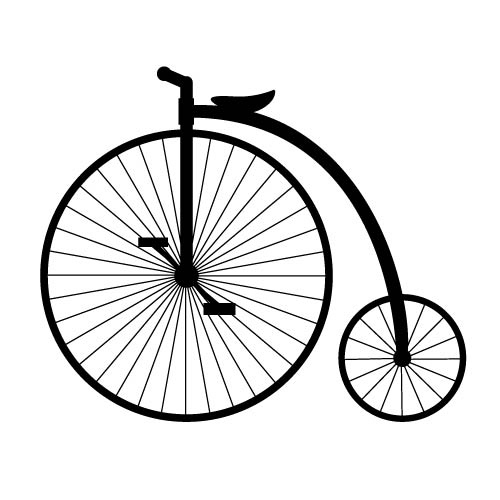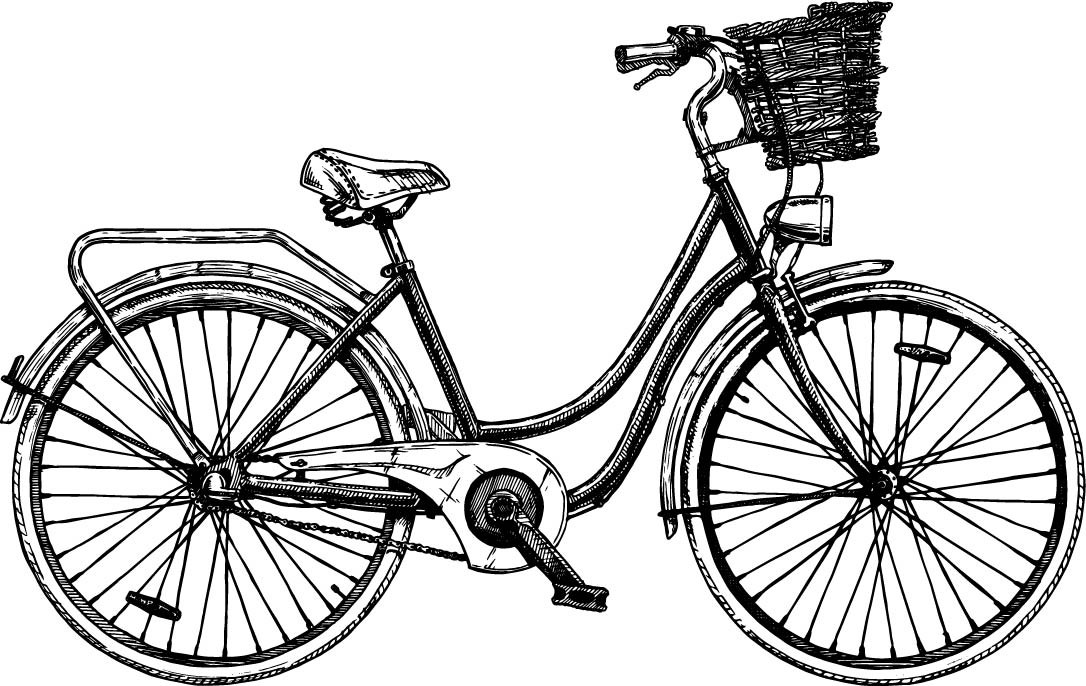- Home
- Resources
- Newsletters
- Does having a...
Does having a patent on your product give you freedom to operate (FTO)?
Posted on February 09, 2024

In a word no…
This is a topic that can cause much confusion amongst patent applicants and patent holders and if I had a penny for every time I’ve heard someone say something along the lines of “We have a patent on product X, so we’re free to use it”, I’d have, well, about £2.71.
So why is this assumption wrong?
A key point to understand is that patents are negative rights, which means that a patent gives the patent holder the right to stop someone else making, selling or using the patented product. However, a patent is not a positive right and does not give the patent holder the automatic right to exploit their patented product.
OK, so how could a patent holder be prevented from exploiting their own patented product? This can happen when a third party has an earlier patent which broadly covers the patented product in question. To illustrate this, let’s take the example of bicycles. Imagine first the penny farthing bicycle.

Imagine also that the inventor of the penny farthing bicycle applies for a patent on their invention. Because the penny farthing is the first ever bicycle driven by pedals, the inventor manages to obtain a patent which covers all bicycles driven by pedals (previously, bicycles had been driven by the rider simply pushing their feet on the ground, see Dandy horse).
Imagine now a second inventor who comes along and looks at the penny farthing and thinks, “Gosh that looks a bit dangerous, only people with a death wish will get on one of those. I’m sure I can do better.” Inventor 2 duly beavers away in their shed in the garden (crazy hair optional) and comes up with an improved bicycle where one of the wheels is driven by pedals, but via a gearing mechanism which means that the rotation speed of the wheel of the bicycle connected to the pedals is higher than the rotation speed of the pedals.

The great advantage of the new bicycle is that the gearing allows the size of the wheel connected to the pedals to be greatly reduced, i.e. the huge pedal wheel of the penny farthing can be done away with, thus avoiding many of the safety issues of that bicycle with a single simple modification. The new bicycle (called the Safety bicycle in a stroke of marketing genius) is obviously a great invention and Inventor 2 applies for a patent. Now, since the penny farthing already exists, Inventor 2 cannot get a patent which covers all bicycles driven by pedals, so they have to content themselves with a patent which covers all bicycles driven by pedals via a gearing mechanism.
At this point in time, two bicycles and two patents exist. So, to return to our original question, is Inventor 2 free to exploit their patented invention of the Safety bicycle? The answer is no, because the earlier patent on the penny farthing will stop them doing so. It does not matter that the Safety bicycle is clearly a better bicycle than the penny farthing, or that the Safety bicycle is inventive with respect to the penny farthing – the Safety bicycle is a “bicycle driven by pedals” and therefore falls within the scope of the penny farthing patent. If the inventor of the Safety bicycle wants to market their bicycle, they are going to have to get a licence from the (no doubt stovepipe-hatted) owner of the penny farthing patent.
Whilst this may not seem fair, this is how the patent system can work. Some might argue that the patent awarded to the inventor of the penny farthing was too broad, but it is often the case that an inventor will obtain a patent that covers more than the product they actually put into practice.
In conclusion, don’t wrongly assume that just because you have a patent on your product everything must be OK regarding FTO. That may not be the case, as illustrated above.
Does all of this mean it is pointless getting a patent for the Safety bicycle? Well, no, because your patent for the safety bicycle will stop others (including the stovepipe hat-wearing owner of the patent for the penny farthing) from making, selling and dealing in Safety bicycles. You can also use the patent for the Safety bicycle as leverage to try to get the owner of the penny farthing patent to grant you a licence.
We are a European firm and assist our clients to protect their IP rights in the UK, Europe and worldwide from our offices in the UK and The Netherlands and through our international network of trusted local attorneys.
If you want any further advice regarding FTO, patents, or indeed anything else related to IP, please drop Paul a line.
